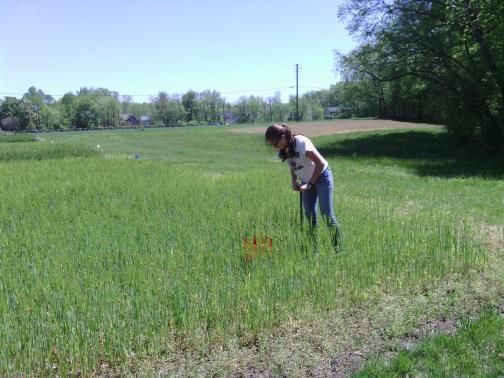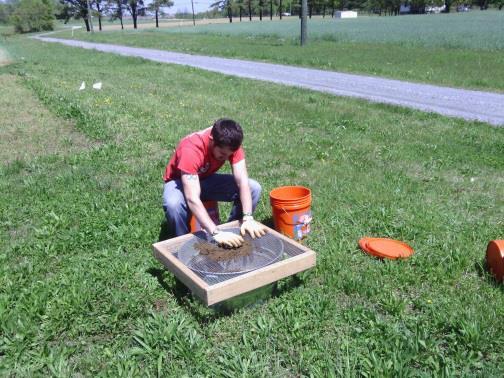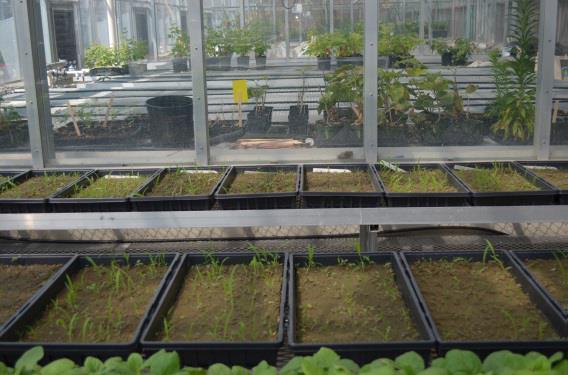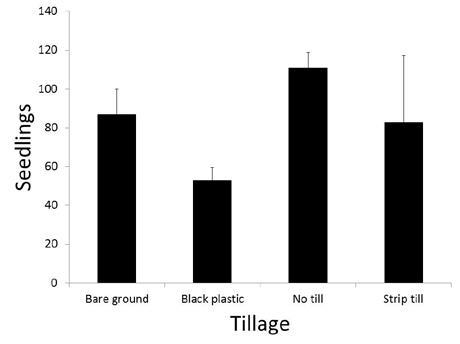Managing the Weed Seedbank with Cover Crops and Tillage
Weed control is a principal concern for vegetable growers. The adoption of sustainable agricultural techniques can reduce land managers' dependency on expensive or harmful chemicals, but may also result in increased weed presence. Weed control is not just a matter of preventing weed emergence or killing weeds that arise during the growing season. A good management strategy should include reducing the size of the existing weed seedbank. Adopting techniques that reduce the weed seedbank is a necessary step toward long term weed management solutions.
Weed seedbank
Every plot of land has a seedbank which is made up of seeds that are lying in the soil awaiting acceptable conditions to germinate. Seeds may require specific levels of moisture, temperature, light, disturbance, or sometimes special conditions such as fire to germinate, and seeds of some plant species may lie dormant for years before germinating. Several techniques have been tested for reducing the weed seedbank. One way is to disturb the soil prior to planting crops, allowing weed seeds to germinate. Weed seedlings can then be killed either by mechanical or chemical means. This reduces the weed seedbank and prevents weeds from emerging later in the season and competing with the crop. This is called the “stale seedbed” technique. The stale seedbed takes advantage of another strategy to reduce the weed seedbank, which centers on preventing seeds from entering into the soil. This can be accomplished by killing weeds before they release seeds or using cover crops to suppress weed emergence. Both methods if used appropriately will prevent weeds from replenishing the seedbank.
In two separate field experiments at the University of Maryland Upper Marlboro Research and Education Facility we tested the effects of cover crops (Cover Crop Experiment) and tillage techniques (Tillage Experiment) on the weed seedbank. To accomplish this, we took soil cores (depth = 15 cm) from treatment plots in both experiments prior to mowing cover crops. The soil was evenly spread in plastic flats and placed in favorable greenhouse conditions for six weeks. This allowed the weed seeds present in the seedbank to germinate, after which they were counted and identified. We have three and two years of seedbank data from the Cover Crop and Tillage Experiment, respectively, giving us some early clues as to whether cover crops and tillage can influence the weed seedbank.




